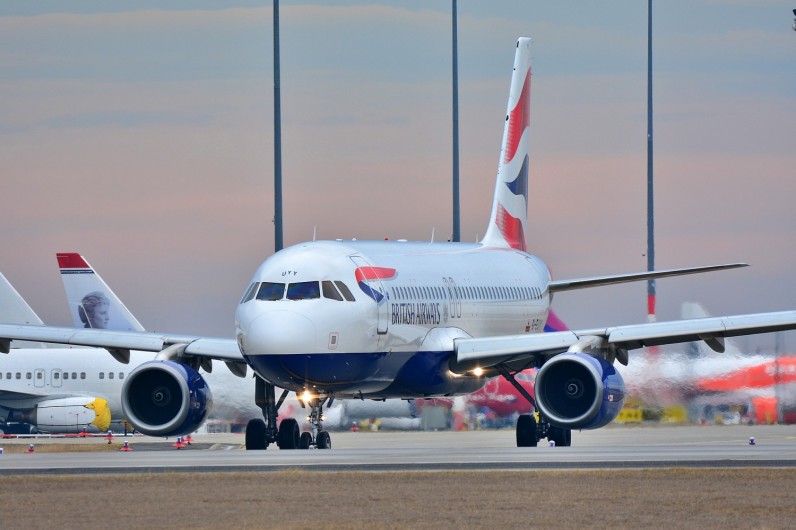The Federal Aviation Administration (FAA) announced on Wednesday that it will extend temporary cuts to minimum flight requirements in New York City-area airports until October 2025 due to a shortage of air traffic controllers.
According to Reuters, this move aims to mitigate delays, cancellations, and congestion at JFK, LaGuardia, and Newark airports.

FAA Extends Minimum Flight Requirement Cuts in New York City
Usually, airlines must use their takeoff and landing slots at least 80% of the time to maintain them. However, the FAA's waiver allows airlines to operate fewer flights without losing their slots.
The latest move came following the request of Airlines for America (A4A), the trade group representing major airlines like American Airlines, Delta Air Lines, United Airlines, and Southwest Airlines, in April to extend the cuts due to the controller shortage.
Addressing Staffing Challenges
The FAA plans to transfer control of the Newark, New Jersey airspace area to Philadelphia by June 30 to address the staffing problems and congestion in the New York City area. It will involve moving 17 air traffic controllers from New York Terminal Radar Approach Control (TRACON) to Philadelphia.
The FAA noted that staffing levels in New York TRACON have remained below the national average for years, resulting in controllers' six-day work weeks and slower air traffic.
Even with incentives like a $100,000 lump-sum award, the FAA still had difficulty attracting enough volunteers for the transfers that would last up to two years.







Join the Conversation